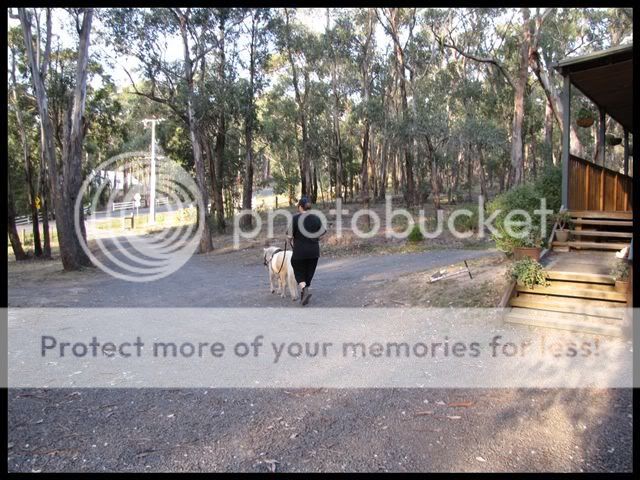First of all, GOOD JOB!!
Stopping abruptly from a trot then standing quietly is actually pretty advanced stuff and I'm
very impressed by Bailey's calm and alert attitude. He's amazingly responsive to your voice cues and acts very mature for his age. Ya done good!
On the constructive side of things, yes, I too noticed the "spagetti reins."
Where I see this most often (and did it myself) is when the horse hesitates on going forward and the driver tries to push them forward with the limp reins and her body space. As you might imagine, this doesn't work very well on a blinkered horse!
You aren't doing that but only because Bailey is being so good and forward. Get him used to the feel of light contact now so he learns to listen to it and doesn't just jump at the first voice command anyone nearby gives him. (Think how much fun that would be when some child in the crowd starts clicking to him during a parade or a friend jokingly says "Bailey, trot!" while you're half out of the cart!
)
To get a feel for how much pressure you are shooting for, do a little experiment with your husband or kids. Have him blindfold you and then try to steer you around the living room or a small obstacle course three different ways. First, have him guide you only by voice. Then, have him touch you on the shoulder as guidance but only long enough to shove you in a new direction. Then have him walk with his hand on your shoulder and steer you that way. Which is more calming and easily understood? Being suddenly shoved then left in the dark again, or having a steady touch that guides you with varying light pressures? Throw in the voice commands on top of that constant guidance and it becomes a fun dance between two partners. THAT is what you're shooting for when you drive. Although driving on a loose rein is more like riding Western than that rude sort of sudden shoving, it's harder on a blinkered horse who can't see you or feel your body and certainly lacks the subtlety and partnership you can get with the constant contact method. Just be careful to keep your touch steady, light, and facilitating rather than heavy and grabbing. You want a trusted dance partner's hand on your waist, not a controlling boyfriend pushing you around.
Remember- your contact should be elastic all the way through your elbows. When you want to halt or make a downward transition, do so by pulling yourself up tall and breathing out on an "Aaaaand, whoa" or "Aaaaand, walk." Feel your energy calm and sink into your center of gravity in your abdomen. A light half-halt on the reins reinforces this. Don't ask for a halt by bending your wrists inward, pulling your hands up or curling into yourself. Pull yourself up tall, open your shoulders and pull your elbows softly back while breathing out. Good posture in you breeds good posture in the horse!
Leia






























































